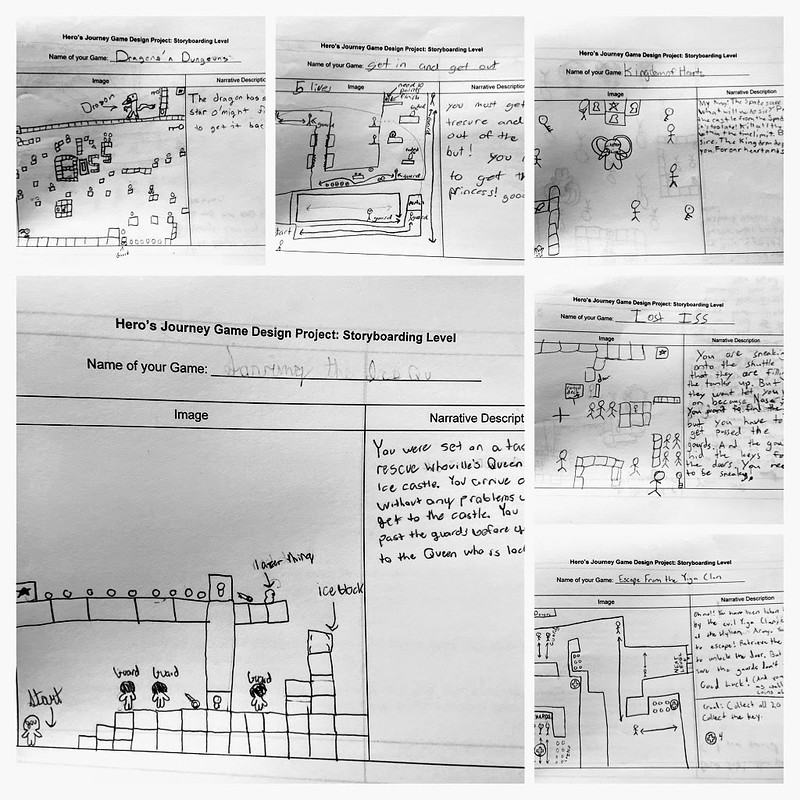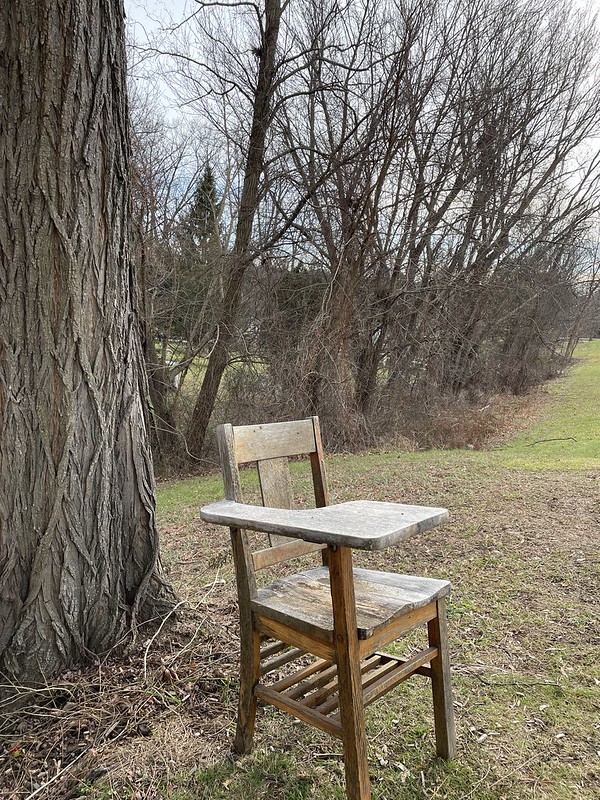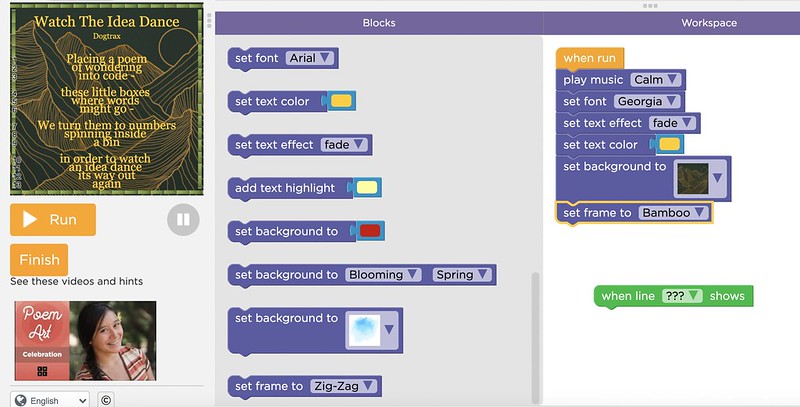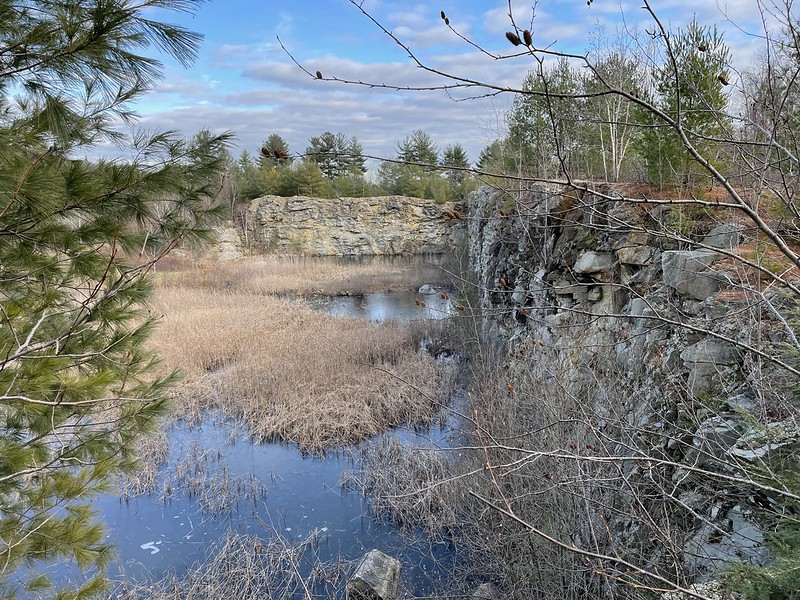Peace (and love),
Kevin
Monthly Archives: December 2021
Book Review: Daughter of the Deep

Rick Riordan pulls off a nice writing trick — of using Jules Verne’s classic 20,000 Leagues Under the Sea to propel a new story forward into the future in Daughter of the Deep, his latest adventure novel for middle school readers.
In this new book, Ana Dakkar is our hero, a high school freshman pulled into action early in the story (in true Riordan form) by experiencing disaster and uncertainty, and then coming to grips with the legacy of an ancestor (Captain Nemo himself) before taking command of The Nautilus, a living submarine, that has been waiting a long time for her to arrive.
I have to admit: I had to shake off Percy Jackson’s voice in my head at the start of the story because anytime I read Riordan, I hear Percy, but soon enough, I was along for the ride with Ana, a hero in her own right, and it became a fun adventure, full of cool scientific technologies and serious family squabbles, and moments of near disaster that Ana, as an unexpected hero, has to navigate through.
Reading this novel certainly brought back memories of Nemo and the Nautilus to my head — I remember reading Verne’s book (not always easy reading, if I remember, but cool enough to keep my youthful focus) and watching movie adaptations over the years. Riordan wisely pulls out the most interesting elements from Verne’s story and weaves that into his story here (and writes an interesting piece at the start about why he wrote Daughter of the Deep).
Riordan should be admired for the work he has been doing in supporting a new generation of writers who explore cultural myths and stories in adventure- and character-packed novels in recent years with his Rick Riordan Presents … imprint. And here, Ana is Bundeli-Indian American, and it’s not just a throwaway cultural reference — there’s an important and clear line back to Nemo himself, and Ana’s character and actions are connected to her heritage at times. It’s not a hammer on the head. It’s just infused into the story. As it should be.
Middle school readers of adventure stories will enjoy Daughter of the Deep, but it would also be good for upper elementary and high school readers.
Peace (in the sea),
Kevin
Book Review: The Look of the Book

I still love wandering book stores, letting the covers of books catch my eye. The reduction of book covers to thumbnails on the screen — like vinyl record covers of yesteryear — brings with it some sense of loss.
In The Look of the Book (Jackets, Covers and Art at the Edges of Literature), Peter Mendelsund and David Alworth offer up an appreciation and an artistic aesthetic to the power of the decisions that grace the covers of books.
Both men are from the field of design and writing, and they bring a wonderful sense of “insider” information to the table for this book, which is packed full of examples, anecdotes, interviews and observations about the power of what we see when we look at the cover of a book, and how the cover works on so many levels to draw us into the story.
While they peruse the historical landscape of book design, they don’t ignore the moment we are in, where, as they remind us many times, people search for books on Google and then order books from Amazon, and where the role of the cover to catch your eye may be diminished, even if books are still going strong and seem to mostly weather any innovation that comes pop culture’s way.
This is also just a beautiful book to read and to hold, and to peruse, and yes, it’s cover is interesting, with artistic collage of book covers that appear to be layered just beneath the raised surface of material. The phrasing in the subtitle of “edges” of writing and publishing and telling stories through words and visuals was a common theme, and one that intrigued me.
I came away from The Look of the Book with new appreciation for the collaboration and teamwork that goes into book design, and loved the look at covers never approved, and how font, and space, and color, and image, and more, all play a coordinated role in the marketing of books (from the business perspective) and the inferred sense that inside the cover is a work of art, worthy of the cover.
Peace (beneath the cover),
Kevin
Video Game Design: Storyboarding a Game Concept
We are in the midst of our Video Game Design project and every day, after a mini-lesson on design, I repeat the mantra: Your game is a story; your story is in the form of a game.
The storyboarding aspect of the project helps ground students into this idea, and allows me to have some individual discussions about how they can envision the player of their video games as readers of their stories (or how reading their story unfolds through the playing of the game).
At this point, all of my sixth graders are hard at work on their video game projects inside Gamestar Mechanic, and having a blast with this non-traditional way of telling digital stories with design, game mechanics, and text.
Peace (inside the game),
Kevin
CLMOOC Silent Sunday
Doodling: Creatures of Zoom
Poetry: Intersections of Words, Art, Music and Technology
I’ve been sharing out some of my morning poems, where I have been exploring the intersections of art and music and writing with technology. The above poem was inspired by an AI site — Dream — that creates art from keywords (here, my words were Saxophone Nights). I used the image, along with explorations this week with Hour of Code and programming, to spark the idea for the poem.
This morning, after a helpful remembering by Wendy T. yesterday, I used JazzKeys to craft a poem, with jazz piano as a soundtrack for each time my fingers hit the computer keyboard in the spur-of-moment writing. I just let the words flow as I listened to the piano. (I am listening now as I write this, too)
Listen: https://jazzkeys.plan8.co/?msg=-MqOfDSE_Pl2R2bBSNTx
I also created a blended visual of the same poem with a piano player, using a screenshot of the JazzKeys poem and a Creative Commons image, then merged with Lunapic. I like the ghost notes aspect of the result, as the words are fading (and if you listen to the JazzKeys as you read, the experience is even better, I think).
Peace (listening),
Kevin
Slice of Life: Poetry, Code and Creativity
 (This is for the Slice of Life challenge, hosted by Two Writing Teachers. We write on Tuesdays about the small moments in the larger perspective … or is that the larger perspective in the smaller moments? You write, too.)
(This is for the Slice of Life challenge, hosted by Two Writing Teachers. We write on Tuesdays about the small moments in the larger perspective … or is that the larger perspective in the smaller moments? You write, too.)
This week, I will set aside some time for my students to explore Hour of Code, connecting the creative play there with the work we are doing around storytelling and video game design.
Each year, I keep an eye on any new activities in the Hour of Code. This year, the newly added activity is all about poetry and art and design, and that connection between exploring verse and basic programming makes me happy to see.
The Poem Art activity — introduced via video by a high school poet and programmer — allows students to explore animation and text manipulation, as well as design and music and mood. There are options for using provided poems (such as Jabberwocky), but also a place to write your own poem and use your own words.
Cool.
I tried it out by writing a poem — Watch the Idea Dance — and thought it worked just fine.
Then, maybe make your own.Peace
I’ll be bringing this, along with some other activities, to my sixth graders tomorrow.
Peace (coded for the world),
Kevin
NCTE: Digital Literacies, Defined
I was intrigued by the lengthy explorations of Digital Literacies by NCTE, in an update some time back on how it defines the concept.
There is a lot to dig into with the published definition, expanding the notions of what literacies are and how interconnected it is with so many other elements (social, contextual, access, etc.).
As a bit of curation for my own benefit, I went through and dug out passages that resonated with my personal thinking on the topic.
(Note: This was stuck in my draft bin for quite a bit of time but it still has resonance for me)
Peace (in explorations of the digital),
Kevin







